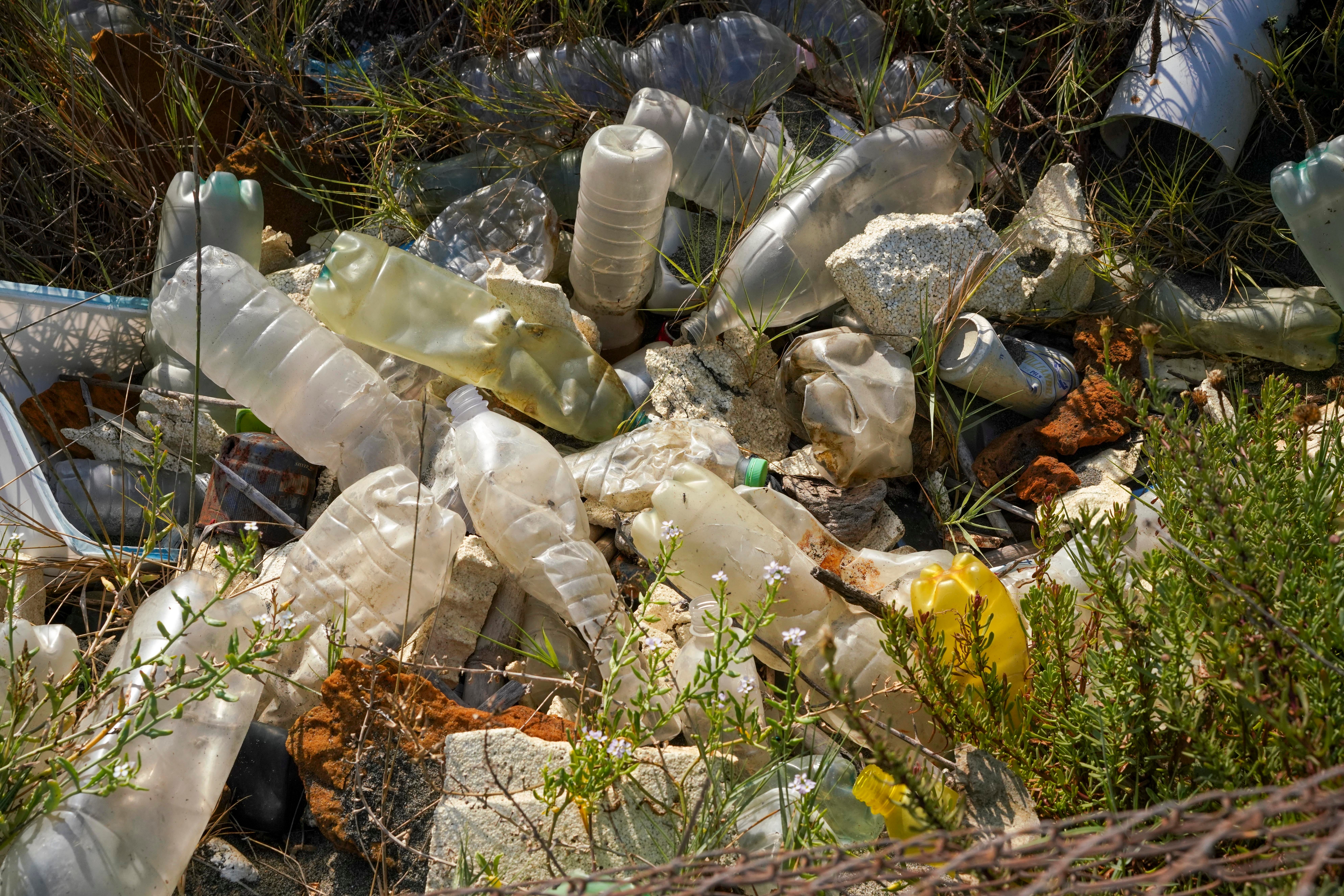Scientists study if tiny specks of plastic in our body can cause heart attacks
Most plastic waste is never recycled and breaks down into these particles

Your support helps us to tell the story
From reproductive rights to climate change to Big Tech, The Independent is on the ground when the story is developing. Whether it's investigating the financials of Elon Musk's pro-Trump PAC or producing our latest documentary, 'The A Word', which shines a light on the American women fighting for reproductive rights, we know how important it is to parse out the facts from the messaging.
At such a critical moment in US history, we need reporters on the ground. Your donation allows us to keep sending journalists to speak to both sides of the story.
The Independent is trusted by Americans across the entire political spectrum. And unlike many other quality news outlets, we choose not to lock Americans out of our reporting and analysis with paywalls. We believe quality journalism should be available to everyone, paid for by those who can afford it.
Your support makes all the difference.We breathe, eat and drink tiny particles of plastic. But are these minuscule specks in the body harmless, dangerous or somewhere in between?
A small study published in the New England Journal of Medicine raises more questions than it answers about how these bits — microplastics and the smaller nanoplastics — might affect the heart.
The Italian study is likely to draw attention to the debate over the problem of plastic pollution.
“The study is intriguing. However, there are really substantial limitations,” said Dr. Steve Nissen, a heart expert at the Cleveland Clinic. “It’s a wake-up call that perhaps we need to take the problem of microplastics more seriously. As a cause for heart disease? Not proven. As a potential cause? Yes, maybe.”
The study involved 257 people who had surgery to clear blocked blood vessels in their necks. Italian researchers analyzed the fatty buildup that the surgeons removed from the carotid arteries, which supply blood and oxygen to the brain.
Using two methods, they found evidence of plastics — mostly invisible nanoplastics — in the artery plaque of 150 patients and no evidence of plastics in 107 patients.

They followed these people for three years. During that time, 30 or 20% of those with plastics had a heart attack, stroke or died from any cause, compared to eight or about 8% of those with no evidence of plastics.
The researchers also found more evidence of inflammation in the people with the plastic bits in their blood vessels. Inflammation is the body's response to injury and is thought to raise the risk of heart attacks and strokes.
“I hope that the alarming message from our study will raise the consciousness of citizens, especially governments, to finally become aware of the importance of the health of our planet,” said Dr. Raffaele Marfella of the University of Campania in Italy, who led the study, in an email.
What are the problems with the study?
It's very small and looked only at people with narrowed arteries, who were already at risk for heart attack and stroke. The patients with the plastics had more heart disease, diabetes and high cholesterol than the patients without plastics. They were more likely to be men and more likely to be smokers.
The researchers tried to adjust for these risk factors during their statistical analysis, but they may have missed important differences between the groups that could account for the results. This kind of study cannot prove that the plastics caused their problems.
The researchers had no information on what the people consumed or breathed that might account for the plastics.
The specimens could have been contaminated in the lab. The researchers acknowledge as much in their paper and suggest that future studies be done in clean rooms where air is filtered for pollutants.
The researchers suggest the risk of heart attack, stroke or death was four times greater in the people with the plastics. That seems high, Nissen said.
“It would mean that these microplastics are the most important cause of coronary heart disease yet discovered. And I just don’t think that’s likely to be right,” he said.
More research is needed, said Dr. Philip Landrigan of Boston College. Landrigan, who wrote an accompanying editorial in the journal, said it is the first report suggesting a connection between microplastics and nanoplastics with disease in humans. Other scientists have found plastic bits in the lungs, liver, blood, placenta and breast milk.
“It does not prove cause and effect, but it suggests cause and effect," he said. "And it needs urgently to be either replicated or disproven by other studies done by other investigators in other populations.”